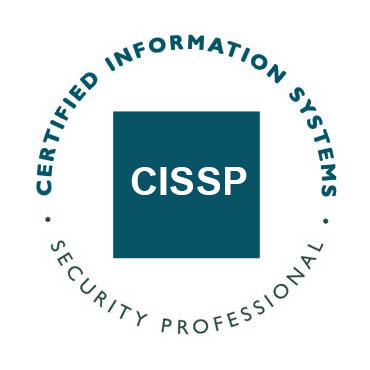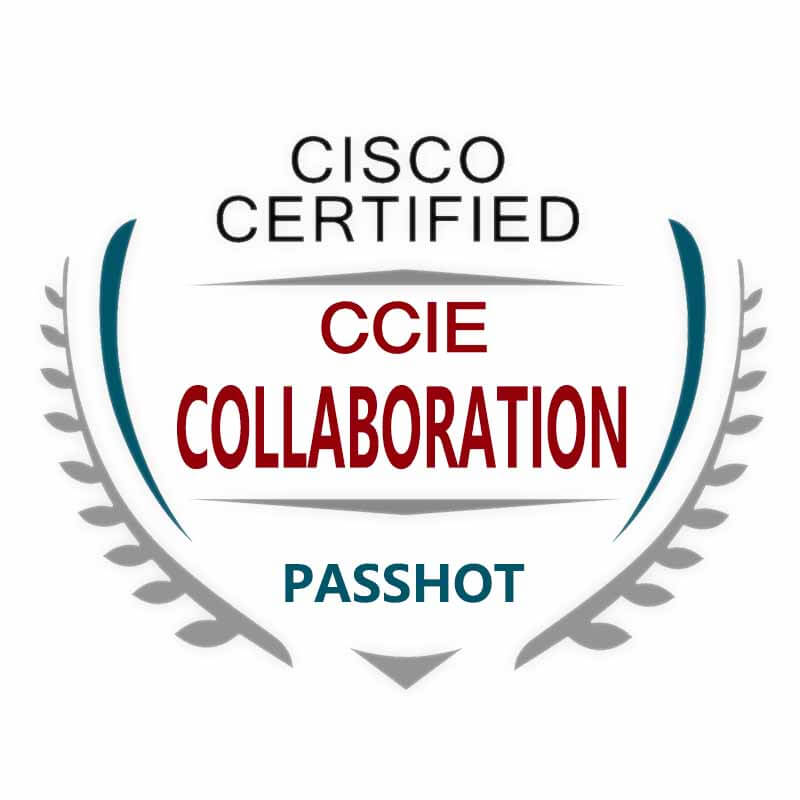100% Pass Cisco, PMP, CISA, CISM, AWS Dumps on SALE!
Get Now
01:59:56
X
Solutions to network loops
Someone said that in today's network communication traffic, about 80% of the resources are wasted, and less than one-fifth of the resources are effectively used. One of the main culprits of this waste of resources is the generation of network loops, which not only waste the CPU and memory resources of the device, but also link bandwidth resources.
The anti-ring mechanism is the purification mechanism produced in such a bad environment. Usually our network loop is divided into the second layer loop and the third layer loop. The formation of all loops is caused by confusion caused by the unclear destination path.
The second layer loop is what we call the switch loop, which is generated by the vicious circle of switch broadcast messages. The Layer 3 loop is the loop generated on the router.
The distance vector routing protocol simply advertises its routing table periodically, and also loads the received effective routes into the routing table, and uses the accumulated metric to reflect the distance to the target network, so the running distance vector The router of the routing protocol does not understand the topology of the entire network. These characteristics make the network very prone to routing loops.
When the X network on the side of the R1 router fails, the R1 router receives the fault information and sets the X network as unreachable, and waits for the update cycle to notify the adjacent R2 router. However, if the update cycle of the adjacent R2 router comes first, the R1 router will learn the route to the X network from the R2 router, which is a wrong route, because the X network has been damaged at this time, but the R1 router is in its own A route to the X network via the R2 router is added to the routing table of.
Then the R1 router will continue to advertise the wrong route to the R2 router, and the R2 router updates the routing table, thinking that it must be routed through R1 to reach the X network, and then continues to notify the neighboring routers, so that a routing loop is formed.
In summary, the problem of routing loops is very harmful to the network. Therefore, from the perspective of network design and protocol design, the hidden dangers and possibilities of loops should be fully considered and avoided.
The method to solve the three-layer loop:
1. Define the maximum number of hops:
In order to prevent RIP routes from being forwarded endlessly in the network, the maximum number of hops of a route is defined as 15 hops. That is to say, when the metric value of a route reaches 16 hops, the route is considered unavailable, and the route points to The network segment is considered unreachable.
2. Horizontal split:
One way to eliminate routing loops and speed up network convergence is through a technique called "Split Horizon". The rule is not to send the routing update information again in the direction from which the original routing update came.
3. Route poisoning:
When a network becomes unreachable, the router that discovers the change immediately triggers a 16-hop routing update to notify the routers in the network that the target network is unreachable. This kind of routing is called a poisonous route.
4. Toxicity reversal:
After learning routes from an interface, it will carry these routes when it sends Response messages from that interface, but these route metric values are set to 16 hops. You can clear useless routes in the routing table of the other party.
5. Trigger update:
Under normal circumstances, routers will periodically send routing tables to neighboring routers. The trigger update is to send routing update information immediately in response to certain changes. The router that detects the network failure will immediately send an update message to neighboring routers, and in turn will trigger the update to notify their neighbor routers, so that the routers on the entire network can receive the update information in the shortest time, so as to quickly understand the changes of the entire network .
The above is the news sharing from the PASSHOT. I hope it can be inspired you. If you think today' s content is not too bad, you are welcome to share it with other friends. There are more latest Linux dumps, CCNA 200-301 dumps, CCNP Written dumps and CCIE Written dumps waiting for you.
Cisco Dumps Popular Search:
ccnp switch revision cisco ccna quiz answers cisco training certifications 350-701 exam topics ccna security exam dump cisco ccna 200-125 and 200-301 neil anderson download 301 n 200 e cisco ccna online course ccna dumps v3 cisco certification harare
Copyright © 2025 PASSHOT All rights reserved.






